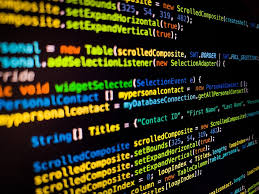Python List
The Python List is a general data structure widely used in Python programs. They are found in other languages, often referred to as dynamic arrays. They are both mutable and a sequence data type that allows them to be indexed and sliced. The list can contain different types of objects, including other list objects. Python … Read more












